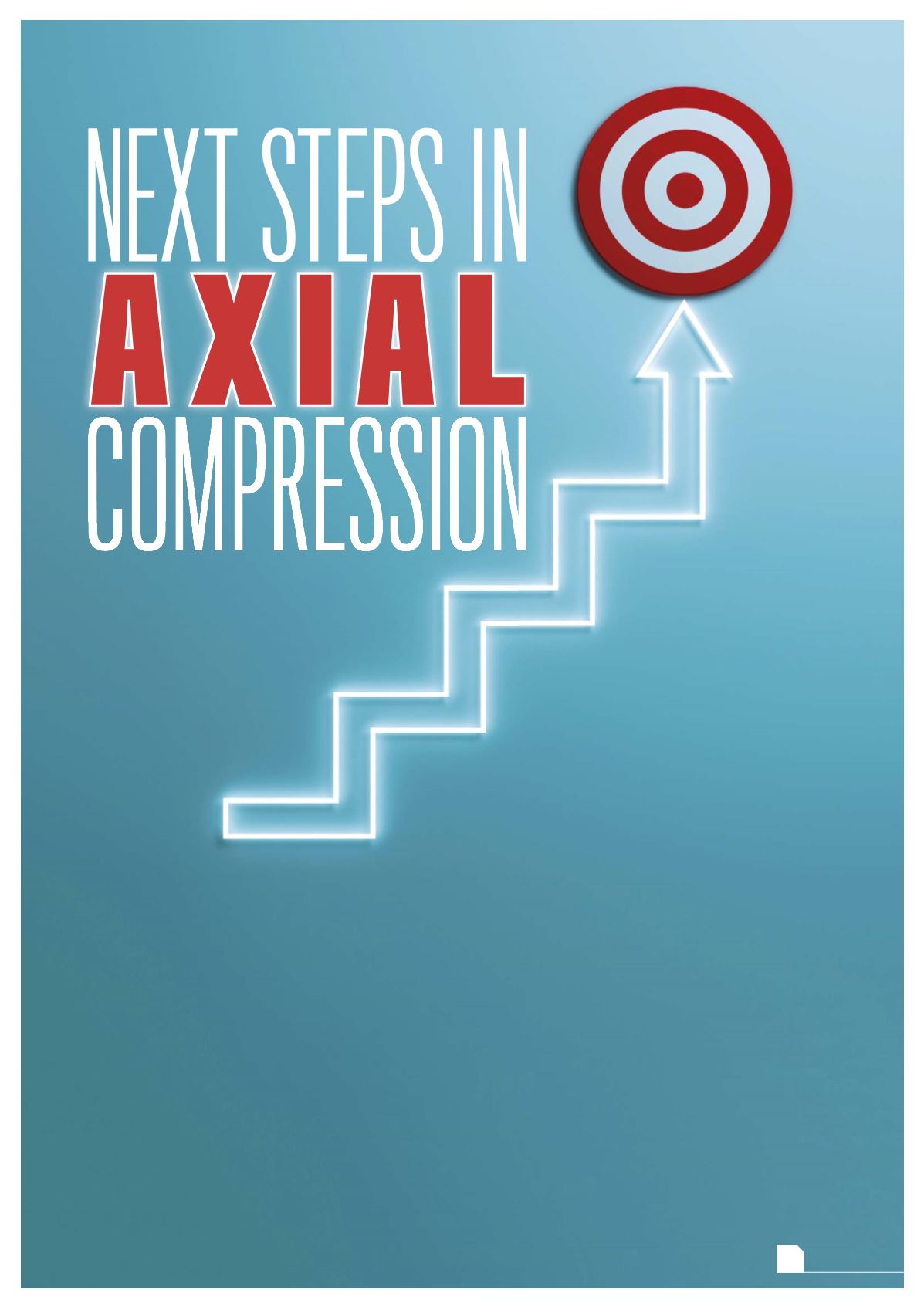
August
2019
75
HYDROCARBON
ENGINEERING
I
n nearly all fields of application in the process industry,
plant operators expect the pressure of gaseous media to
be increased at very high levels of efficiency. This
requirement does not just apply to the compressor’s
design point; the need to cover part-load operational ranges
in a safe and energy-efficient manner is becoming increasingly
important. Furthermore, turbomachinery in the process
industry is required to have a very robust design that allows
for continuous operation for at least five years without
inspection.
In the past, these requirements were mainly economically
motivated in the global pursuit of increased cost effectiveness
and performance with the main goal of getting ahead of the
competition, while measures to improve efficiency and reduce
energy consumption are now increasingly driven by social and
political requirements in relation to climate protection and
preserving resources.
The fields of application of MAN’s axial compressors are
manifold. Clients’ specific requirements, e.g. in the process
industry, make a modular compressor design indispensable:
Blast furnace blowers with a maximum pressure ratio of
approximately 6 are used in the iron and steel industry to
supply blast furnaces with air, which supplies oxygen for
coke combustion.
Fluid catalytic cracking (FCC) main air blowers take in
atmospheric air in refineries and supply the air that has
been compressed to 4 – 5 bar to the regenerators to
reactivate the catalyst by burning off the coke deposits.
Dr Stefan Ubben, MAN Energy Solutions, Germany,
looks back at the most
important developments of axial compressors and explains why the focus is
now on CO
2
compressor technology.








